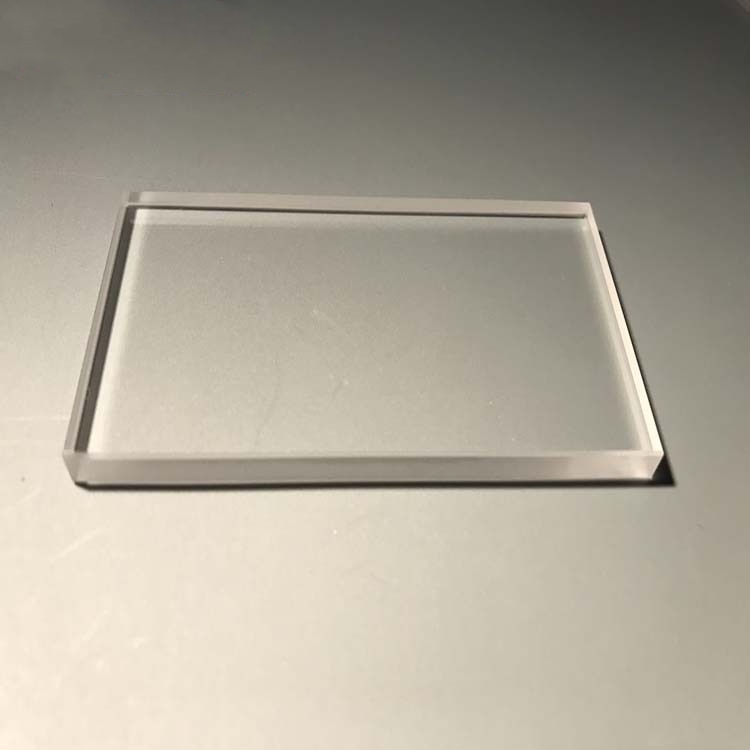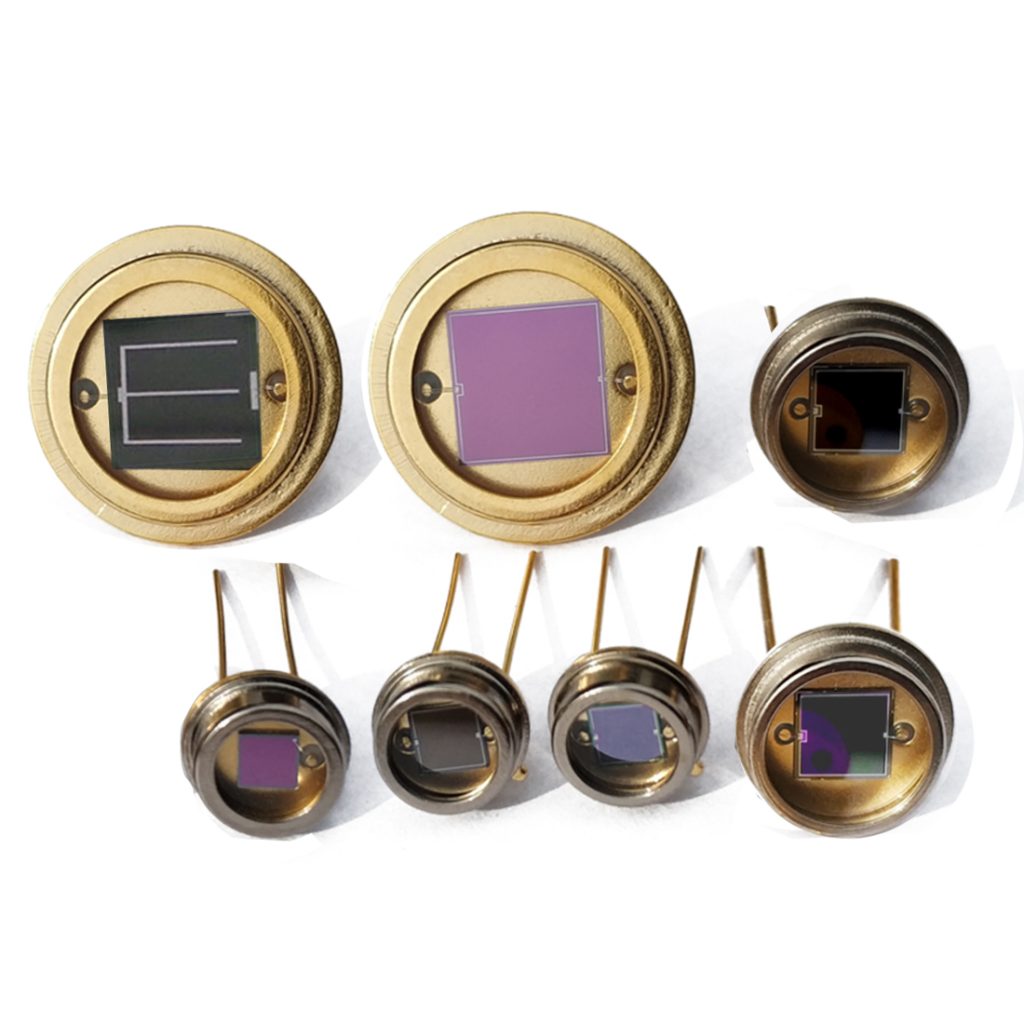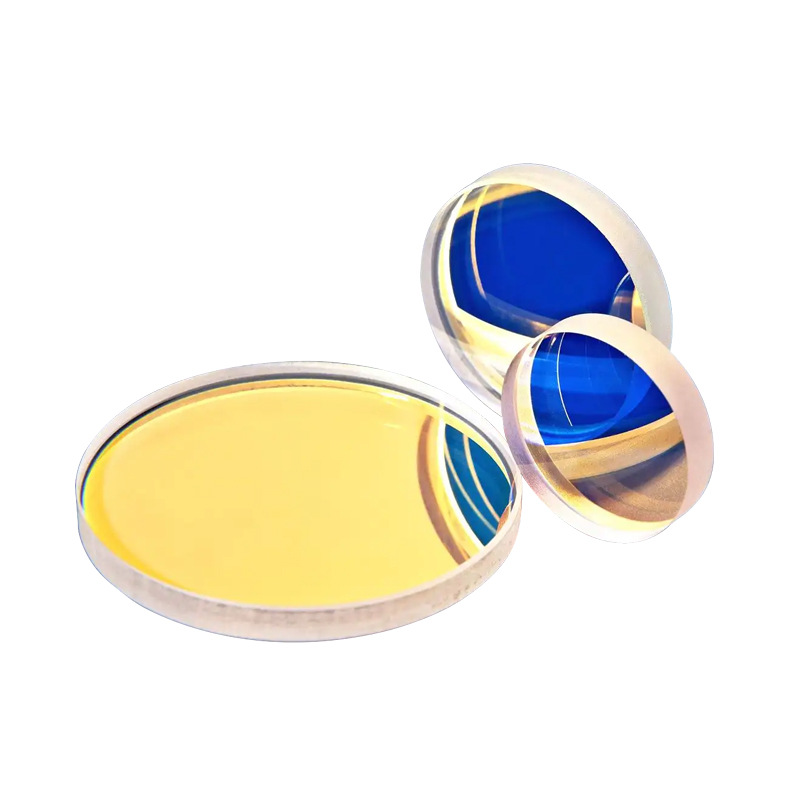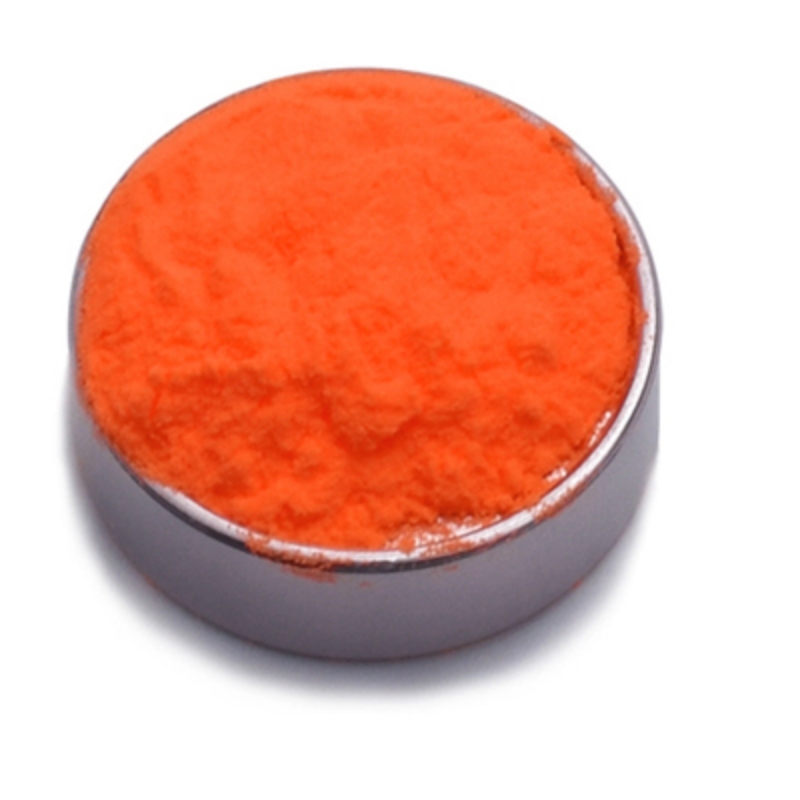Small trapezoidal ceramic blades provide exceptional sharpness, optimized wear resistance, and superior precision cutting. Designed for industrial applications, they ensure efficient material processing, extended durability, and high-performance reliability.
Product Overview
Small trapezoidal ceramic blades are finely crafted from high-purity zirconia, offering exceptional hardness, wear resistance, and cutting precision. Their unique trapezoidal design makes them highly efficient for fine cutting tasks, providing excellent sharpness and performance. These blades are ideal for high-precision cutting applications. In addition to their cutting ability, they also feature excellent corrosion resistance and high-temperature tolerance, making them suitable for demanding industrial and precision machining applications.
Key Features
- High Hardness: Made from zirconia ceramic, these blades are much harder than traditional metal blades, ensuring they stay sharp for a long time.
- Outstanding Wear Resistance: Ceramic blades have excellent wear resistance, giving them a longer lifespan and reducing the need for frequent replacements.
- Corrosion Resistance: With superior acid and alkali resistance, these blades are perfect for use in harsh environments.
- High-Precision Cutting: The trapezoidal design enhances cutting accuracy, making these blades ideal for tasks that require extreme precision.
- Lightweight: The ceramic material makes the blades lightweight, allowing for easier handling and a more comfortable cutting experience.
Applications
- Precision Machining: Ideal for fine cutting, engraving, and other high-precision industrial processes.
- Electronics Industry: Used for precise cutting and processing of electronic components.
- Medical Field: Perfect for the precise cutting of medical instruments, ensuring contamination-free and accurate results.
- Artistic Carving: Suitable for engraving hard materials like ceramics, glass, and other crafts.
- Laboratory Applications: Used for accurate sample cutting in labs, particularly in sensitive experiments where metal contamination is a concern.
Submit Your RequirementsWe will contact you within 24 hours.
 WOBO Scientific Research New Materials One-Stop Service Platform
WOBO Scientific Research New Materials One-Stop Service Platform











